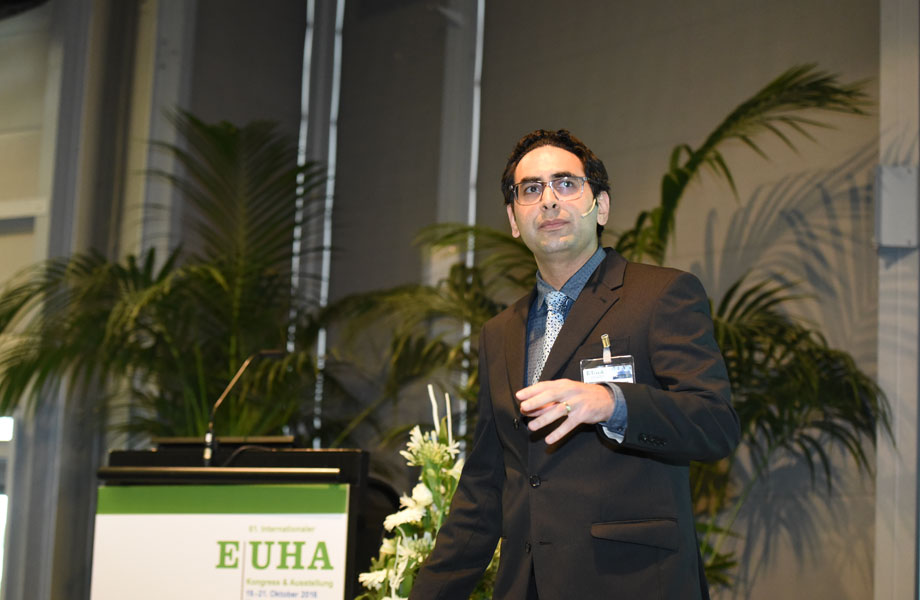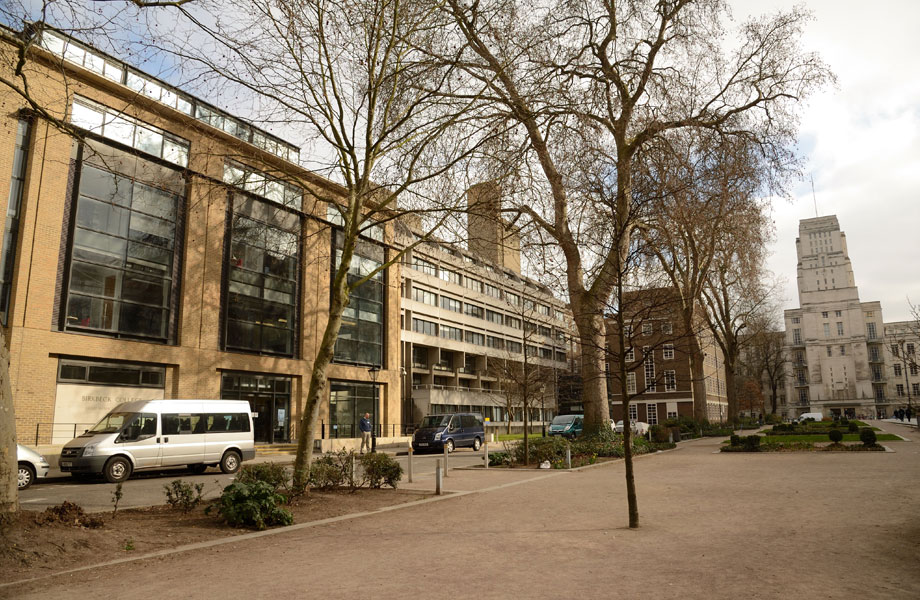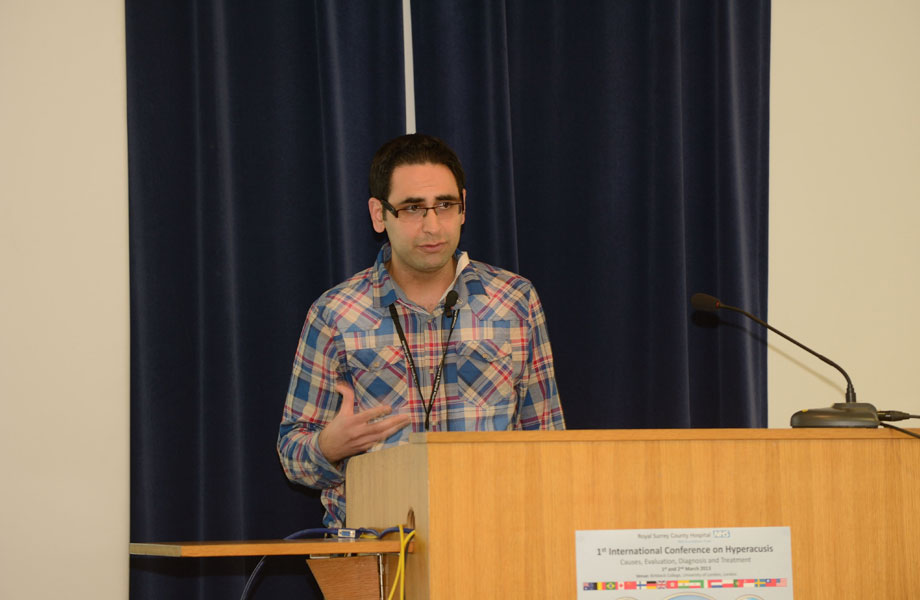Methodology for pinpointing tinnitus distress
Identifying distress linked to tinnitus, hyperacusis and misophonia
Benefits and shortcomings of self-report questionnaires

Recent study conducted by Dr. Aazh’s tinnitus team which was published in the International Journal of Audiology showed that the use of questionnaires can help audiologists to screen for underlying psychological disorders in patients with tinnitus and hyperacusis and make appropriate onward referral to mental health services (Aazh & Moore 2017). In addition, psychometric instruments maybe used to quantify the effect of tinnitus and/or hyperacusis on patients’ life and monitor treatment outcome (Aazh et al. 2013; Aazh et al. 2014). However, abnormal scores on the questionnaires do not always mean that the patient is currently experiencing distress related to their tinnitus and/or hyperacusis (Aazh et al. 2018). Specialized version of cognitive behavioural therapy (CBT) for tinnitus and/or hyperacusis rehabilitation which is taught in this masterclass is only needed if the patient experiences current tinnitus and/or hyperacusis-related distress, in the other words if their day-to-day activities or mood are affected due to their tinnitus or sound intolerance. A pioneering study by Dr. Aazh and his tinnitus team showed that about 70% of patients with abnormal scores on the hyperacusis questionnaire (HQ) and/or tinnitus handicap inventory (THI) presented with tinnitus- and/or hyperacusis-related distress warranting specialized CBT (Aazh & Moore 2018b). For 30% of patients there was no current tinnitus and/or hyperacusis-related distress, although approximately half of them were experiencing some form of emotional distress which they assumed was due to their tinnitus. For these patients (15% of the total) it was agreed that the emotional disturbances they were experiencing did not seem to be related to their tinnitus and/or hyperacusis and were more likely to be related to an underlying psychological disorder. Hence, they were referred for further psychological evaluations and treatment.
The interesting point is that there was no statistically significant difference in the scores on questionnaires between the patients who shown to have current tinnitus and/or hyperacusis-related distress (as established based on the in-depth interview, see details the section below) and patients whose tinnitus did not interrupt their day-to-day activities or affect their mood. Therefore, use of questionnaires does not help to accurately identify patients who might benefit from specialized CBT and in-depth interview is needed.
The methodology for identifying the distress linked to tinnitus, hyperacusis and misophonia
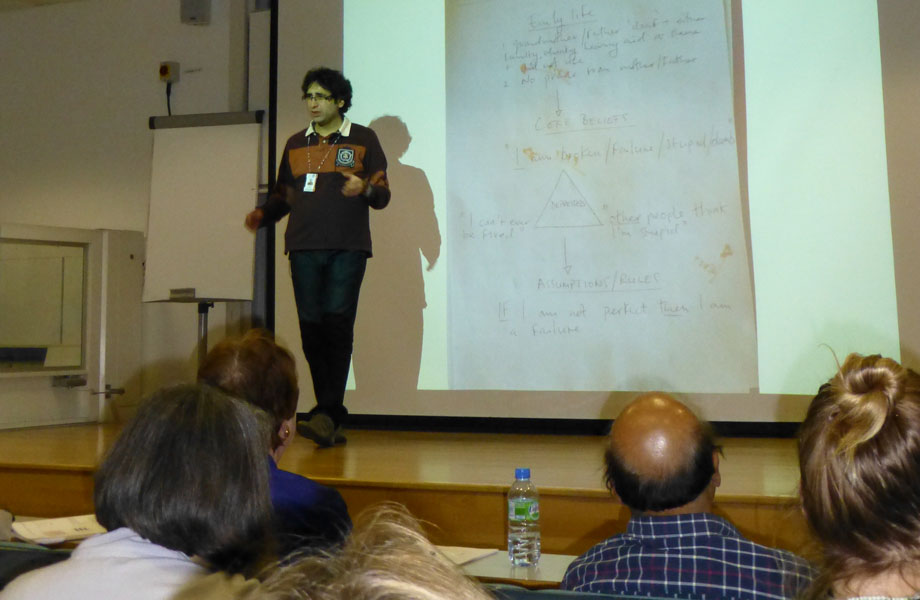
Dr. Aazh proposed that in-depth interviews should be used to explore the impact of tinnitus and/or hyperacusis on the patient’s life (Aazh et al. 2018; Aazh & Moore 2018b; Aazh & Moore 2018a). In-depth interviews are typically used as a method of data collection in interpretivist approach of qualitative research (Mason 2002). Interpretivist approach is consistent with pragmatism ontological and epistemological philosophical standpoints which encourages application of a diverse range of approaches including quantitative (e.g., questionnaires scores, audiological results, etc.) and qualitative data collection methods (e.g., in-depth interview) in order to answer the questions in hand (Tashakkori & Teddlie 2010; Cherryholmes 1992). The interpretivist approaches considers people’s interpretations, meanings, and perceptions as the primary data sources but at the same time such data can be combined and triangulated with the quantitative data i.e., scores on questionnaires and audiological measurements. The important factor about the interpretivist approach is that it seeks people’s perceptions, the “insider view”, rather than imposing an “outsider view” on them (Blaikie 2000) (e.g., asking open questions versus questions with fixed multiple choice responses).
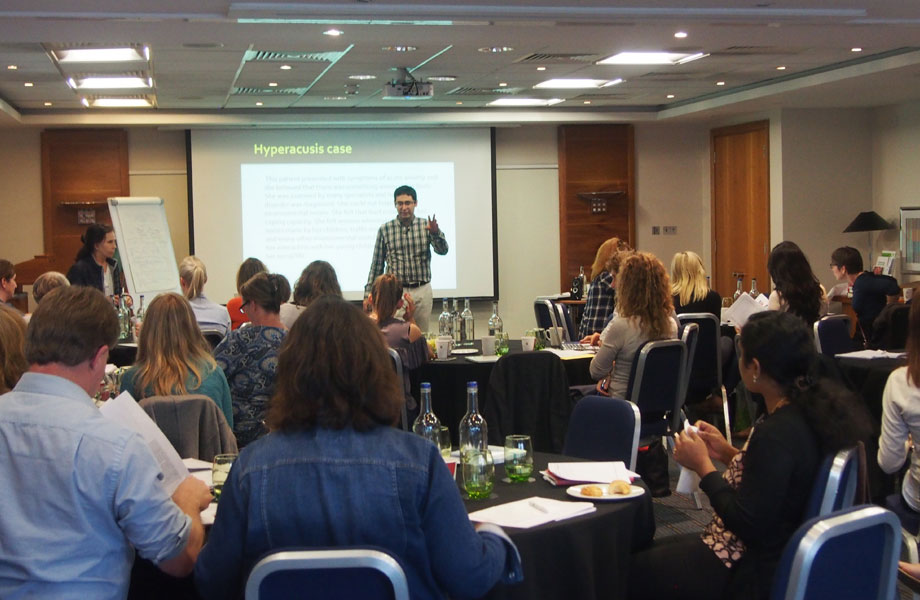
In the past, in-depth interviews have reliably been used to gather information in various research settings (Green & Thorogood 2009). Dr. Aazh’s approach is unique because it encourages the use of in-depth interviews in clinical setting in order to explore the individual’s cognitive, behavioural, and emotional reaction to tinnitus or certain sounds (in the case of hyperacusis and misophonia). During the in-depth interview, patients are encouraged to talk about a typical day (e.g., tell me a bit more about how your tinnitus and/or hyperacusis affect your activities and/or mood on a typical day?). The aim of this strategy is to provide an opportunity for the patient to reflect on the way that they currently manage their tinnitus and/or hyperacusis and to identify any areas for improvement. The approach is collaborative, with a strong emphasis on the clinician and patient exploring the problem together. Throughout, the principle of guided discovery (Todd & Freshwater 1999) is employed, in that the patient is encouraged to make discoveries with careful questioning from the clinician rather than the clinician giving information and advice. If the tinnitus and/or hyperacusis do not interrupt the patient’s day-to-day activities or affect their mood, it will be concluded that specialized CBT is not needed. Such patients should be discharged. If the conclusion is that the distress the patient experiencing is due to an underlying psychological disorder, not necessarily to tinnitus/hyperacusis, then the patient needs to be referred to mental health services. In the 3rd International Conference on Hyperacusis (Guildford, 2017) Dr. Aazh discussed a case study of a patient who was referred for hyperacusis management for whom the in-depth interview revealed that the main reason for the distress she was experiencing was her symptoms of psychosis and visual hallucinations, which she felt were more likely to happen in noisy situations. The conclusion was that although she was experiencing intolerance to sound, the root cause of the problem was not hyperacusis. Hence, she was referred to the Early Intervention in Psychosis Service (Aazh et al. 2018).
If in-depth interview show that tinnitus and/or hyperacusis does affect the patient’s activities or mood in a typical day, then this should be further explored and specialized CBT to be considered.
References
Aazh, H., Eghbal, P., & Kurian, J. (2013). Outcomes Monitoring System (OMS) as a managerial tool: reflections from application of OMS at tinnitus and hyperacusis therapy clinic, Royal Surrey County Hospital. British Academy of Audiology Magazine, 28, 24-26.
Aazh, H., Knipper, M., Danesh, A. A., et al. (2018). Insights from the third international conference on hyperacusis: causes, evaluation, diagnosis, and treatment. Noise Health, 20, 162-170.
Aazh, H., McFerran, D., Salvi, R., et al. (2014). Insights from the First International Conference on Hyperacusis: causes, evaluation, diagnosis and treatment. Noise Health, 16, 123-6.
Aazh, H., & Moore, B. C. J. (2017). Usefulness of self-report questionnaires for psychological assessment of patients with tinnitus and hyperacusis and patients’ views of the questionnaires. International Journal of Audiology, 56, 489-498.
Aazh, H., & Moore, B. C. J. (2018a). Effectiveness of audiologist-delivered cognitive behavioral therapy for tinnitus and hyperacusis rehabilitation: outcomes for patients treated in routine practice American Journal of Audiolgy, [Epub ahead of print], 1-12.
Aazh, H., & Moore, B. C. J. (2018b). Proportion and characteristics of patients who were offered, enrolled in and completed audiologist-delivered cognitive behavioural therapy for tinnitus and hyperacusis rehabilitation in a specialist UK clinic. Int J Audiol, 1-11.
Blaikie, N. (2000). Designing social research. Cambride Polity.
Cherryholmes, C. H. (1992). Notes on pragmatism and scientific realism. Educational researcher, 13-17.
Green, J., & Thorogood, N. (2009). In-depth Interviews. In Qualitative Methods for Health Research (pp. 93-122). London: Sage.
Mason, J. (2002). Qualitative researching. Sage Publications Limited.
Tashakkori, A., & Teddlie, C. (2010). Sage handbook of mixed methods in social & behavioral research(2nd ed.). London: Sage Publications Inc.
Todd, G., & Freshwater, D. (1999). Reflective practice and guided discovery: clinical supervision. Br J Nurs, 8, 1383-9.
Read MoreCookie settings
REJECTACCEPT
Privacy Overview
| Cookie | Duration | Description |
|---|---|---|
| __stripe_mid | 1 year | Stripe sets this cookie cookie to process payments. |
| __stripe_sid | 30 minutes | Stripe sets this cookie cookie to process payments. |
| cookielawinfo-checkbox-advertisement | 1 year | Set by the GDPR Cookie Consent plugin, this cookie is used to record the user consent for the cookies in the "Advertisement" category . |
| cookielawinfo-checkbox-analytics | 11 months | This cookie is set by GDPR Cookie Consent plugin. The cookie is used to store the user consent for the cookies in the category "Analytics". |
| cookielawinfo-checkbox-functional | 11 months | The cookie is set by GDPR cookie consent to record the user consent for the cookies in the category "Functional". |
| cookielawinfo-checkbox-necessary | 11 months | This cookie is set by GDPR Cookie Consent plugin. The cookies is used to store the user consent for the cookies in the category "Necessary". |
| cookielawinfo-checkbox-others | 11 months | This cookie is set by GDPR Cookie Consent plugin. The cookie is used to store the user consent for the cookies in the category "Other. |
| cookielawinfo-checkbox-performance | 11 months | This cookie is set by GDPR Cookie Consent plugin. The cookie is used to store the user consent for the cookies in the category "Performance". |
| viewed_cookie_policy | 11 months | The cookie is set by the GDPR Cookie Consent plugin and is used to store whether or not user has consented to the use of cookies. It does not store any personal data. |
| Cookie | Duration | Description |
|---|---|---|
| _ga | 2 years | The _ga cookie, installed by Google Analytics, calculates visitor, session and campaign data and also keeps track of site usage for the site's analytics report. The cookie stores information anonymously and assigns a randomly generated number to recognize unique visitors. |
| _gat_gtag_UA_131443801_1 | 1 minute | Set by Google to distinguish users. |
| _gid | 1 day | Installed by Google Analytics, _gid cookie stores information on how visitors use a website, while also creating an analytics report of the website's performance. Some of the data that are collected include the number of visitors, their source, and the pages they visit anonymously. |
| CONSENT | 2 years | YouTube sets this cookie via embedded youtube-videos and registers anonymous statistical data. |
| Cookie | Duration | Description |
|---|---|---|
| VISITOR_INFO1_LIVE | 5 months 27 days | A cookie set by YouTube to measure bandwidth that determines whether the user gets the new or old player interface. |
| YSC | session | YSC cookie is set by Youtube and is used to track the views of embedded videos on Youtube pages. |
| yt-remote-connected-devices | never | YouTube sets this cookie to store the video preferences of the user using embedded YouTube video. |
| yt-remote-device-id | never | YouTube sets this cookie to store the video preferences of the user using embedded YouTube video. |
| yt.innertube::nextId | never | This cookie, set by YouTube, registers a unique ID to store data on what videos from YouTube the user has seen. |
| yt.innertube::requests | never | This cookie, set by YouTube, registers a unique ID to store data on what videos from YouTube the user has seen. |
| Cookie | Duration | Description |
|---|---|---|
| m | 2 years | No description available. |
